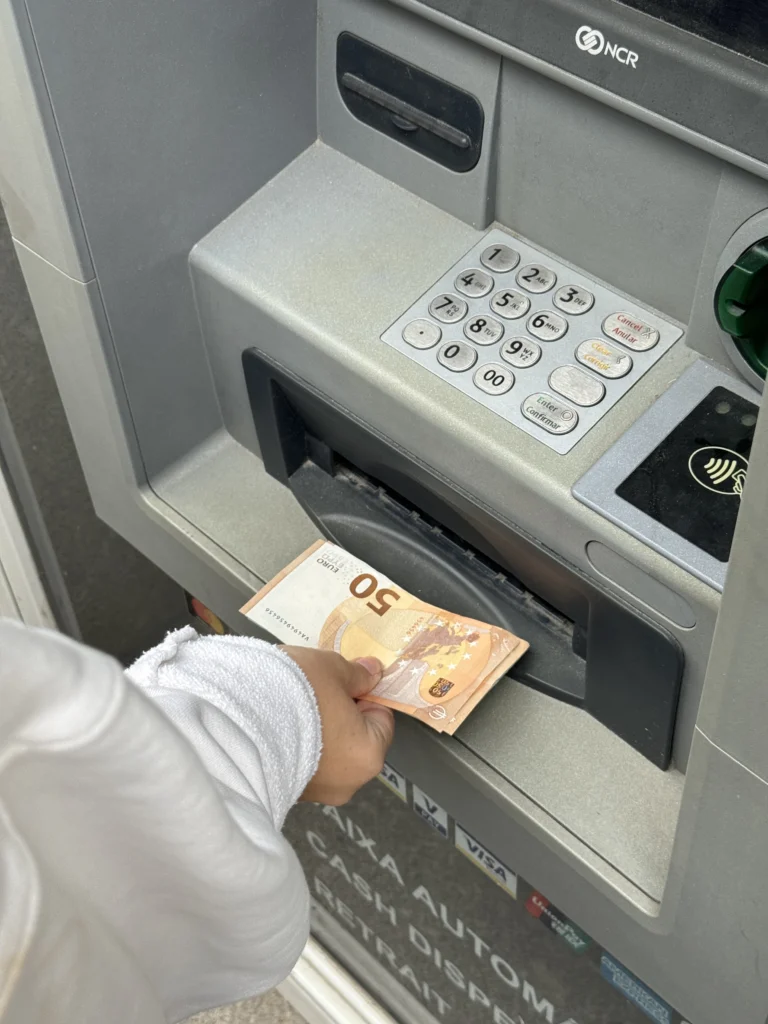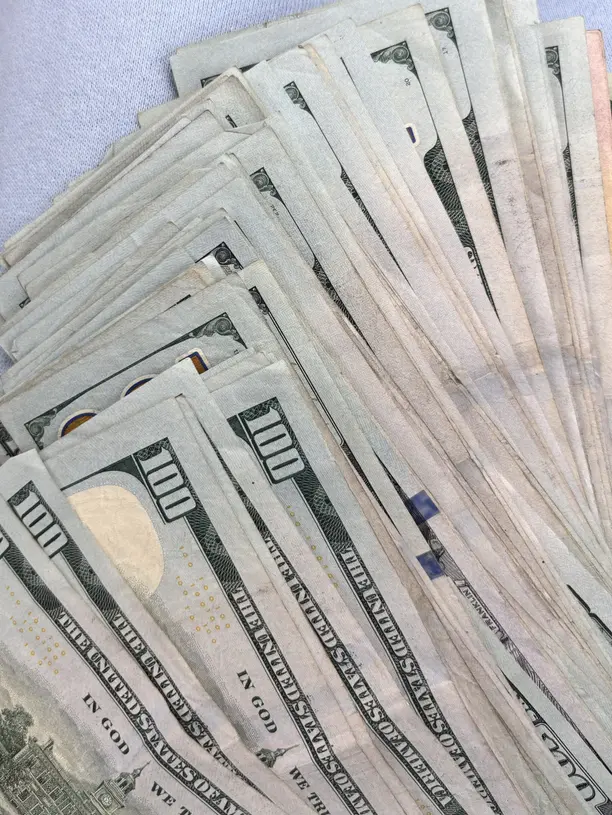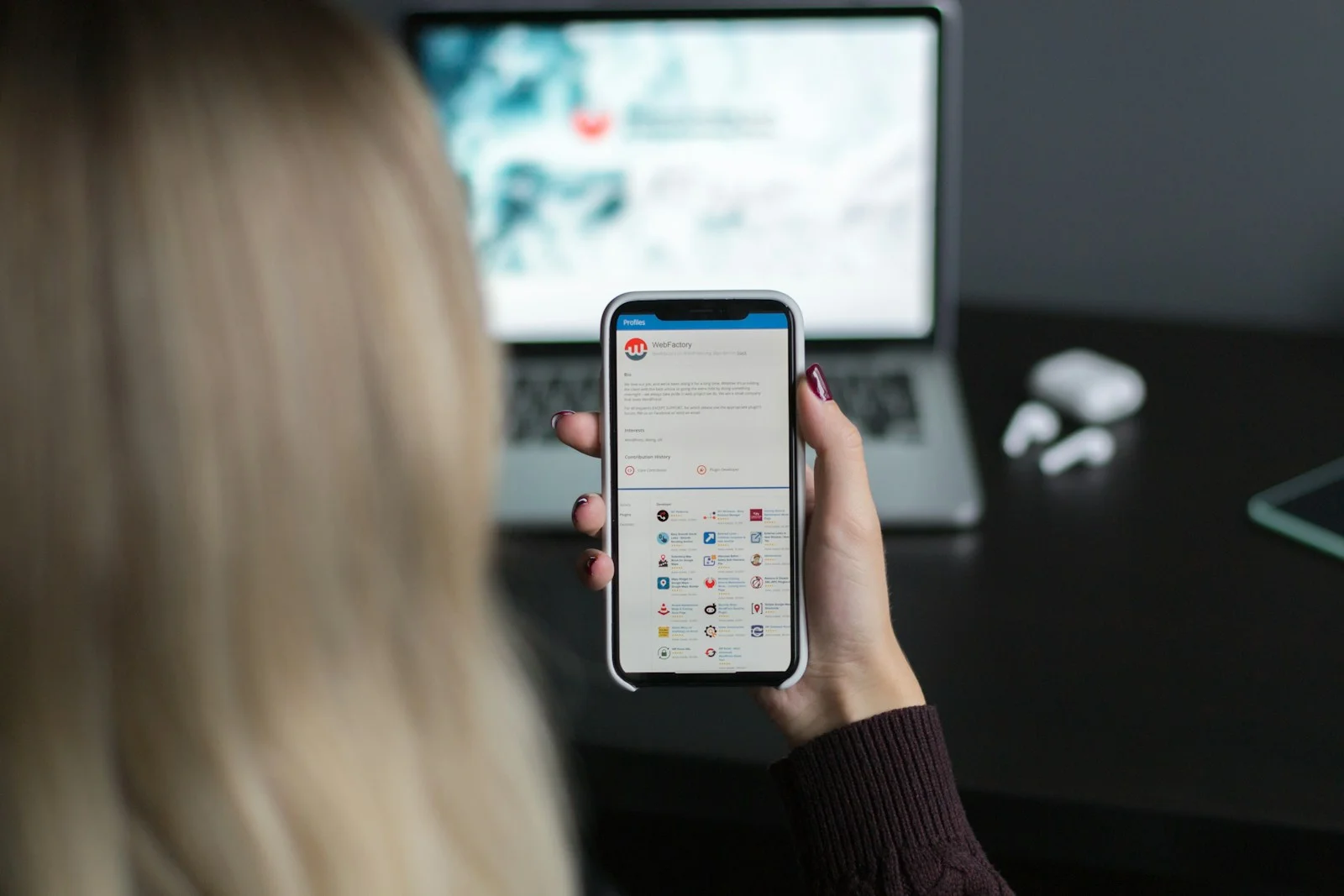
You’re staring at your bank account wondering how you’ll ever scrape together $1,000, and trust me, I’ve been there – checking my balance three times hoping the numbers would magically change. The good news? I’ve discovered eight practical strategies that actually work, and some of them can put cash in your pocket within days, not months. Here’s exactly how I managed to save $1,000 faster than I thought possible, and why your first step might surprise you.
Key Takeaways
- Create a strict budget using the 50/30/20 method and ruthlessly cancel all unnecessary subscriptions and memberships.
- Sell valuable unused items on online platforms with competitive pricing to generate quick cash influx.
- Pick up freelance work or gig economy jobs to earn supplemental income specifically for your savings goal.
- Drastically reduce discretionary spending by limiting dining out, entertainment, and impulse purchases for several months.
- Renegotiate monthly bills and service rates while adopting a temporary minimalist lifestyle to maximize savings potential.
1. Create a Budget and Track Your Spending
When you’re staring at your bank account wondering where all your money went (again), creating a budget becomes your financial GPS to that $1000 goal. Start by tracking monthly income and listing every fixed expense like rent, insurance, and loan payments.
Then tackle discretionary spending – yes, those daily coffee runs count.
The 50/30/20 budgeting method works brilliantly: allocate 50% for necessities, 30% for wants, and 20% for savings. If you’re feeling ambitious, try zero-based budgeting where every dollar gets assigned a job before you spend it.
Create a budget that fits your lifestyle, not someone else’s Instagram-worthy spreadsheet. Track everything for two weeks, and you’ll discover money hiding in places you forgot existed. Your future self will thank you.
Consider documenting your savings target alongside your other financial objectives to maintain accountability and measure progress toward your $1000 goal.
2. Cancel Unnecessary Subscriptions and Memberships
You’re probably throwing away more money on subscriptions than you realize, and I’m talking about real cash here – the average person wastes $219 every single month on services they barely use.
Start by grabbing your bank statement and hunting down every recurring charge, from that streaming service you forgot about to the gym membership you haven’t used since January. Once you identify these money-drains and cancel the ones you don’t actually need, you could easily pocket $100 to $200 per month, which gets you halfway to that $1000 goal faster than you’d think.
This approach embodies conscious spending by helping you distinguish between what you actually need versus what you simply want, ensuring every dollar works toward your financial goals.
Audit Monthly Recurring Charges
Look around your digital life, and you’ll probably find money bleeding out through dozens of tiny subscription cuts you’ve completely forgotten about. I discovered $47 monthly in streaming services I hadn’t touched in months, plus a $12 meditation app gathering digital dust.
Your mission? Cancel unnecessary subscriptions ruthlessly. Check your bank statements for the past three months, hunting down every recurring charge. That gym membership you used twice? Gone. The premium cloud storage when you’re barely using the free tier? History.
Don’t just cancel your subscriptions blindly though. Some you’ll want to keep, so switch to a cheaper plan instead. Make some adjustments by downgrading Netflix to basic, or finding a different service provider for better rates.
Identify Unused Service Subscriptions
Beyond the obvious subscriptions lurking in your monthly statement, there’s a sneaky category of service subscriptions that’ll make your wallet weep: the ones you signed up for with the best intentions but never actually use.
That $15 monthly gym membership you haven’t touched since January? Cancel it. The premium streaming services collecting dust while you binge the same free shows? Gone. Your unused subscription boxes, software licenses, and that cell phone insurance you forgot about all add up fast.
Americans spend $219 monthly on subscriptions, so you’ve got serious money to reclaim here. Hunt down every unused subscription ruthlessly – this single action can save you $500-800 yearly in extra cash, putting real power back in your savings account.
Calculate Potential Monthly Savings

The math here will shock you – when I actually sat down and calculated what my unused subscriptions were costing me, I discovered I was bleeding $67 every single month on services I’d completely forgotten about.
Here’s how those unused subscriptions were sabotaging my savings goals:
| Monthly Cost | Annual Impact |
|---|---|
| $15 streaming | $180 wasted |
| $29 meal kit | $348 gone |
| $23 apps/software | $276 lost |
That extra money could’ve built my emergency fund or boosted my savings accounts instead. Use a free budget tracker to identify your subscription drain, then calculate your potential windfall. Even cutting three services saves $600+ yearly – that’s serious extra cash toward your financial goals.
3. Sell Items You No Longer Need
You’ve most likely got hundreds, maybe even thousands of dollars’ worth of stuff collecting dust in your closets, garage, and that dreaded junk drawer everyone pretends doesn’t exist. The key is knowing which items actually have value, where to sell them for the best price, and how to price everything so it flies off the virtual shelves instead of sitting there for months.
I learned this the hard way when I priced my old iPhone at $400 and watched it get zero interest for three weeks, then dropped it to $275 and had five buyers within two days. Beyond one-time sales, you could also explore reselling businesses that focus on vintage goods or consignment items as a more sustainable income stream.
Identify Valuable Unused Items
When I started hunting through my house for things to sell, I couldn’t believe how much valuable stuff was just sitting around collecting dust. You’ve got power to turn your clutter into cold, hard cash if you know where to look.
Start with electronics – that old iPad you no longer use could fetch $200 on Facebook Marketplace. Check drawers for unused gift cards, which sell for 80-90% of face value. Dig through closets for gently used designer clothes, books, and kitchen gadgets you forgot about.
Don’t overlook hobby equipment gathering dust or credit card rewards points you can convert. Getting rid of these items through garage sales or online platforms puts serious money back in your pocket fast.
Choose Best Selling Platform
Five different selling platforms can make or break your cash-generating mission, and I learned this the hard way after listing my old camera on the wrong site for three weeks. Facebook Marketplace crushes it for furniture and electronics, while eBay dominates collectibles and vintage items. Poshmark’s your go-to for clothing, and Mercari handles everything else beautifully.
I’ve tested all these platforms extensively, and choosing the right one literally doubled my sales speed. Don’t spread yourself thin across every social media platform either – pick two that match your items best. These aren’t typical side hustles or gig economy jobs, but they’ll earn extra cash faster than most online banking transfers.
Focus your energy, make money efficiently, and watch that extra income pile up quickly.
Price Items Competitively
After choosing your platform, pricing becomes your make-or-break moment, and I discovered this truth when my vintage leather jacket sat unsold for two months at $85. You need to research like a personal finance writer investigating grocery store prices – check eBay’s sold listings, Facebook Marketplace, and Craigslist for identical items. I dropped that jacket to $65 and it sold within three days, teaching me that competitive pricing beats wishful thinking every time.
Don’t price like you’re running a luxury store when buyers want cash deals. Start slightly below average market price to create urgency. Recall, quick sales mean faster cash flow, and you can always use Cash Back apps on your earnings to make extra money while building your $1000 goal.
4. Pick Up a Side Hustle or Freelance Work

The gig economy has become a lifeline for anyone trying to boost their bank account quickly, and trust me, it’s easier than you think to get started. With half of Americans already diving into side hustles, you’re definitely not alone in wanting to make extra cash.
You can make some extra money driving for rideshare apps, delivering food, or freelancing your skills online. The average side hustler pulls in $405 weekly, which means you could Create a Savings fund fast or pay off debt that’s been haunting you.
Pick up extra shifts when your car insurance is due, or work weekends to hit that $1000 goal. It’s flexible income that works around your schedule. Consider offering freelance writing services for businesses that need blog posts, website content, or copywriting to quickly monetize your existing skills.
5. Cut Your Food Expenses by Meal Planning
Meal planning might sound like something only super-organized people do, but honestly, it’s one of the fastest ways to slash your food budget and watch your savings grow. When you plan meals ahead, you’ll cut your grocery shopping chaos in half and avoid those sneaky impulse buys that destroy budgets.
I’ve saved $2,000 yearly just by sticking to planned meals instead of grabbing random takeout. Keep in mind that cooking at home drops meal costs from $13 to $4 per serving. Store brands can save you money too, especially when you’re buying ingredients for batch cooking. Every dollar you don’t spend on unplanned food goes straight toward your savings goal.
Focus on affordable, filling options like overnight oats with berries or quinoa and black bean salad that you can prepare in large batches and eat throughout the week.
6. Switch to Generic Brands and Shop Smarter
Beyond smart meal planning, you’ll want to master the art of brand switching, and trust me, your wallet will thank you for ditching those fancy labels. Store brand products deliver the same quality for 20-25% less, and that’s hundreds of dollars back in your pocket annually. Think about it – even switching your daily cup of coffee to generic saves serious cash.
Store brands deliver identical quality at 20-25% less cost – that’s hundreds of dollars saved annually just by ditching fancy labels.
These saving money strategies won’t hurt your Credit Score, and you can stash those savings in a high-yield savings account. Consider starting a low-cost business to supplement your income while you’re building your savings.
- Compare prices across multiple retailers before buying
- Use coupons and promo codes religiously
- Wait for sales instead of paying full price
- Stick to your shopping list to avoid impulse buys
- Choose generic versions of pantry staples
7. Negotiate Your Monthly Bills
While you’re busy switching to generic cereal, don’t overlook one of the biggest money-saving opportunities sitting right under your nose – those monthly bills that automatically drain your bank account. I’ve saved over $150 per month just by calling different types of service providers and asking for better deals.
It’s a good idea to research competitor offers first, then call armed with ammunition. Whether you’re at home or away from home, your cell phone, internet, and cable bills don’t have to cost a fortune like name brands. Ask about student, senior, or loyalty discounts – they’ll help you make substantial progress toward that $1000 goal.
One awkward phone call can help slash your monthly expenses considerably. If you’re planning to start a business with your savings, tracking these expense reductions in your financial projections will help you build a more accurate budget foundation.
8. Automate Your Savings to Stay on Track
After you’ve squeezed every dollar out of those pesky monthly bills, the next challenge becomes actually holding onto the money you’re saving – and trust me, it’s harder than it sounds. Here’s where automation becomes your secret weapon, taking the guesswork out of whether you really have the willpower to save consistently.
Set up automatic transfers so money comes straight out of your bank account before you can spend it. Even $20 per week can add up to over $1,000 in a year. Here’s how to maximize your automated savings:
- Take advantage of free automatic transfer features through online banking
- Set aside money immediately when your paycheck hits
- Schedule transfers for payday, not random dates
- Start small with the amount you pay yourself first
- Use money-saving apps alongside automated transfers for extra boost
Use accounting software to track your automated savings progress and ensure you’re staying on target with your $1,000 goal.
Conclusion
Saving $1,000 doesn’t have to feel impossible when you break it down into manageable steps. You’ve got eight solid strategies to choose from, so pick the ones that work best for your situation. Maybe you’ll cancel those subscriptions you forgot about, sell that exercise bike collecting dust, or finally try meal planning. Stay consistent, track your progress, and you’ll hit that $1,000 goal faster than you think.





Pingback: Create Your Dream Home Gym for Under $100